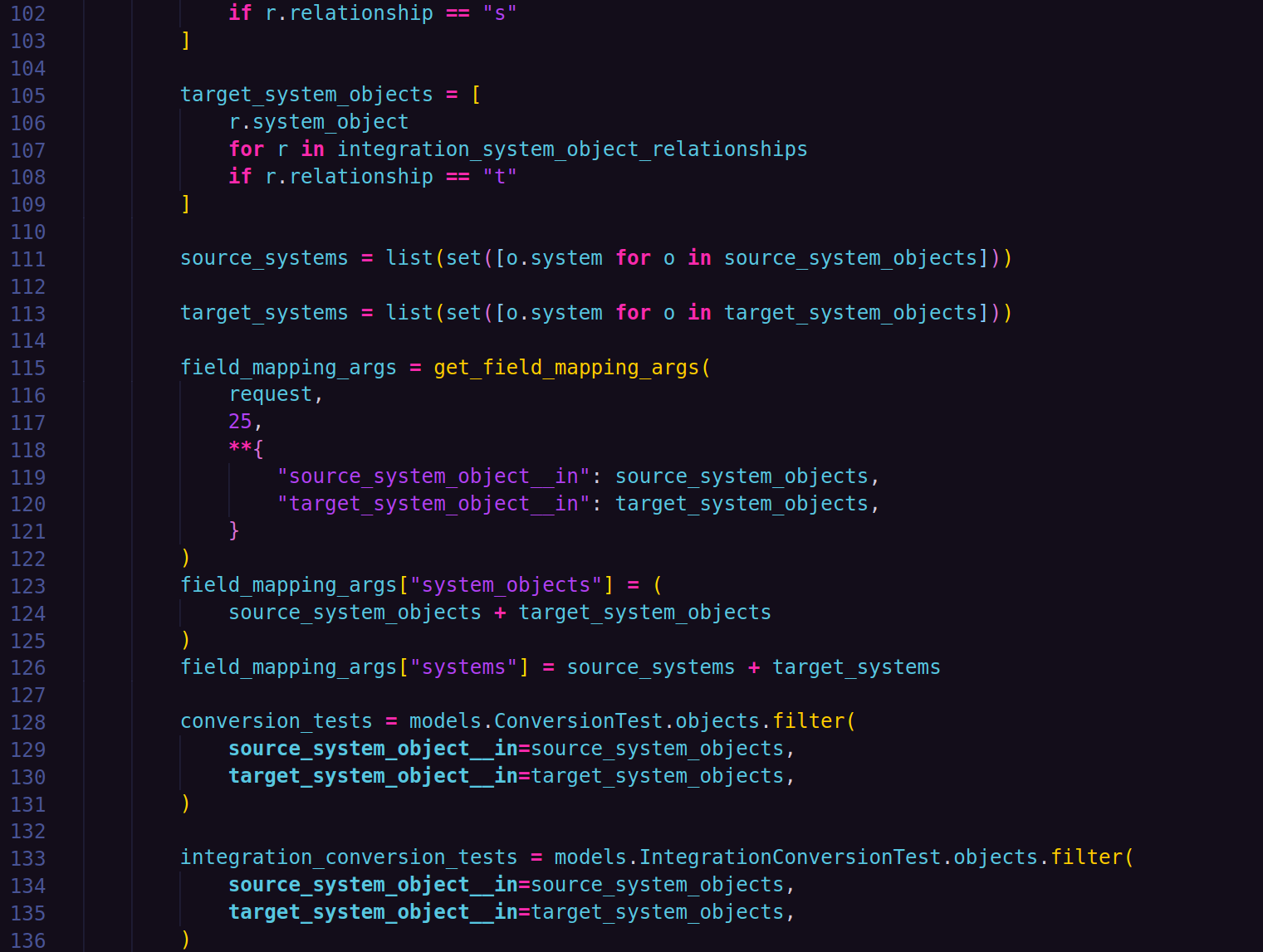Low code and no code platforms are attempting to make creating software more accessible by removing the need to code. The problem with this strategy is that writing code is not the difficult part of development. In the best cases low code and no code platforms incidentally help remove some of the barriers to software creation, but it comes at a steep cost.
Business systems are becoming more specific and
Support for Various Integration Standards
JSON REST APIs are becoming standard, but there are plenty of other standards still in use. It should be easy to interact with most if not all of these different file formats and protocols. The most critical ones I have encountered are JSON, XML, SOAP, REST and FTP.
As an integration developer I have worked with a lot of different APIs and developed some strong preferences. I understand that getting the application to work is the priority and APIs come after, but maybe in sharing this it will change some API somewhere and make an integrator’s life easier.
If you have ever worked with a CRM you have probably seen two different records (contacts, customers, whatever they are called in your system) that represent the same person and wanted to merge them. When you try to, though, IT will not let you because they have different email addresses. It does not make sense. They are the same person! I (and probably the IT person telling you you have to treat that one person as two) agree with you. The problem is how the system is designed.
Many large companies use antiquated business systems. This is not due to a lack of awareness, but rather awareness of the difficulty, expense and impact of migrating business systems.
In Netsuite different field types can require a different XML structure to be input as the value of the field. Most notably this applies to Netsuite Record Reference fields, RecordRef in the WSDL You can know what all the RecordRef fields on all the objects are, or at least the ones you want to interact with, and just hard code them, but it can be nice to be able to dynamically retrieve them on any object.
I do not like working with SOAP APIs, but with Netsuite you can only use REST APIs if you write them yourself. In this area Netsuite keeps it consistent by having round about, complicated, unintuitive APIs, but hopefully this will help demystify them a little bit. I will follow this up with a more detailed description of how to interact with Netsuite’s SOAP APIs using Python.
After Netsuite’s 2018.2 update all users with admin permissions are required to use 2 factor authentication and all integration users with admin permissions are required to use OAuth. If you are trying to connect to Netsuite with a python app and have to use OAuth I recommend the netsuite library. This is the only library I found that worked with OAuth. It also has some additional functionality I will get into at another time.
